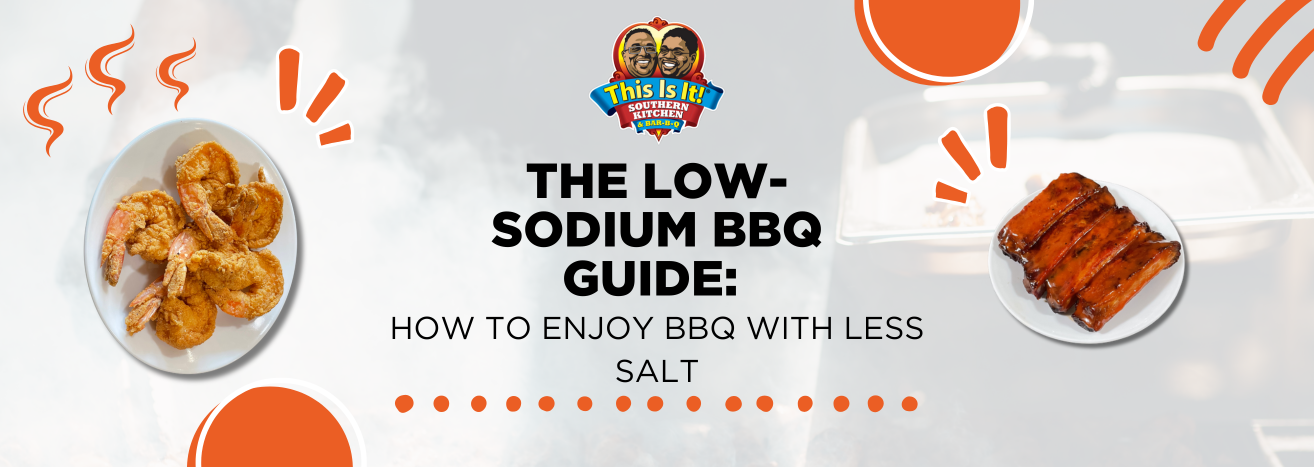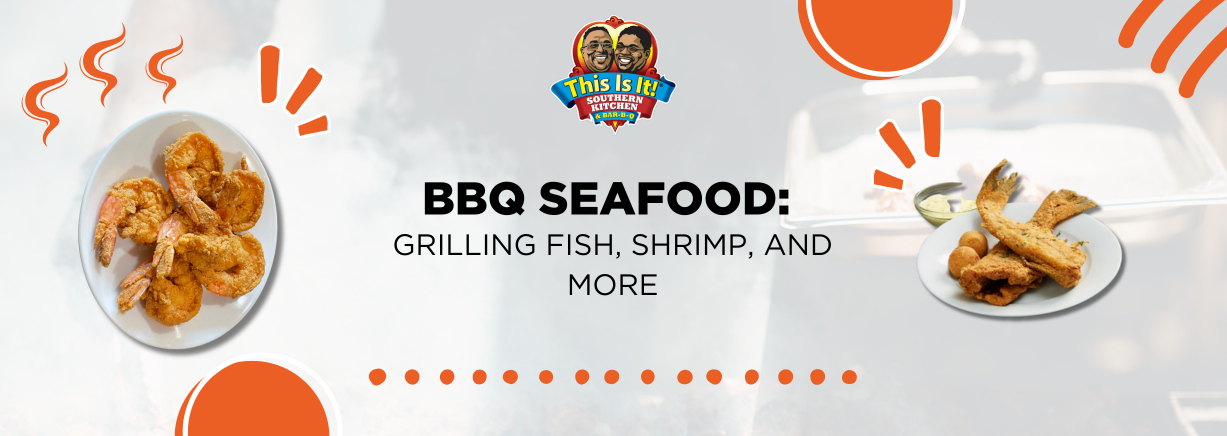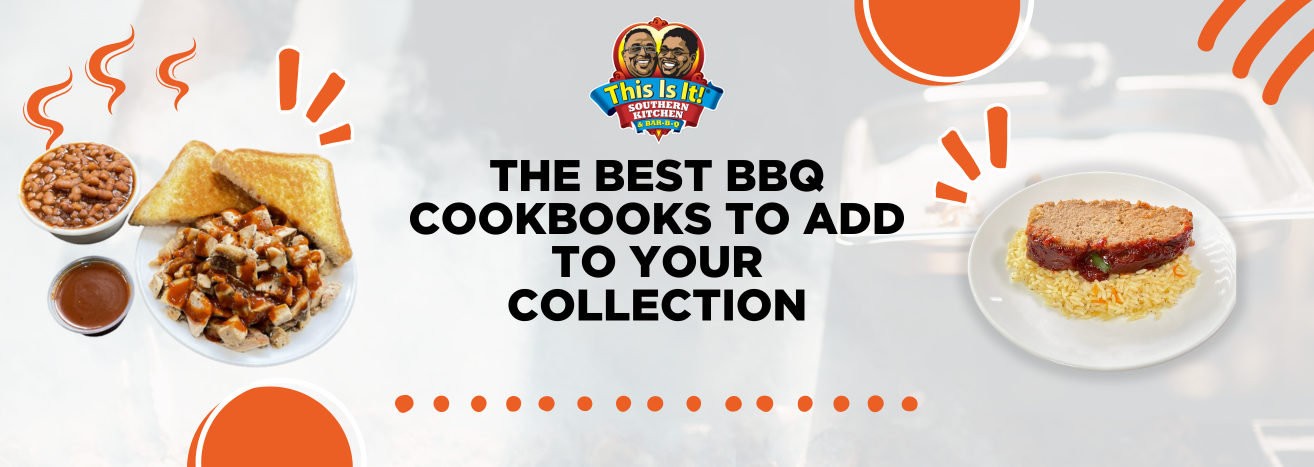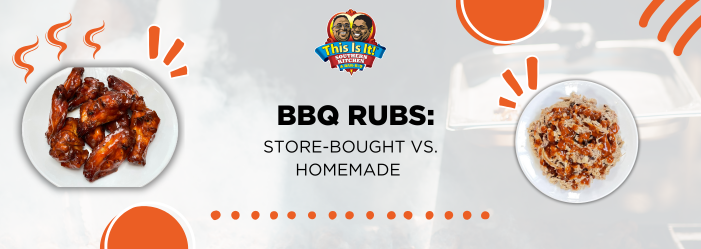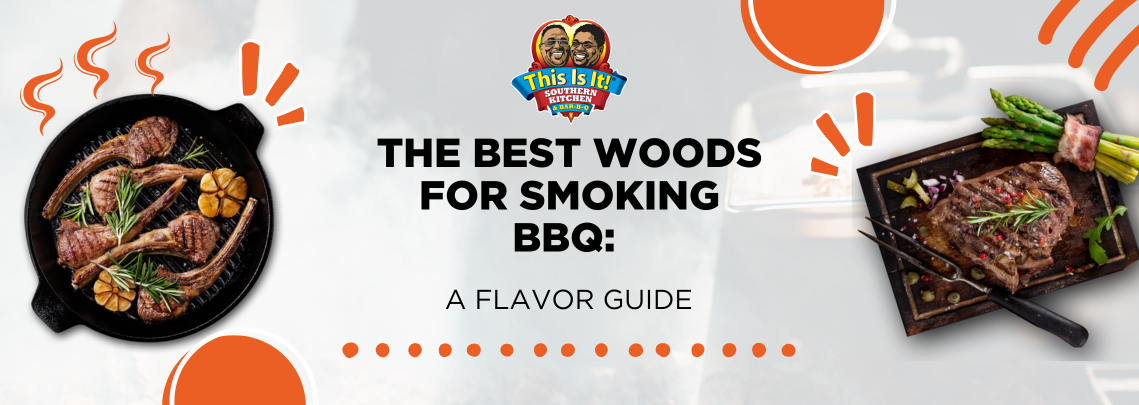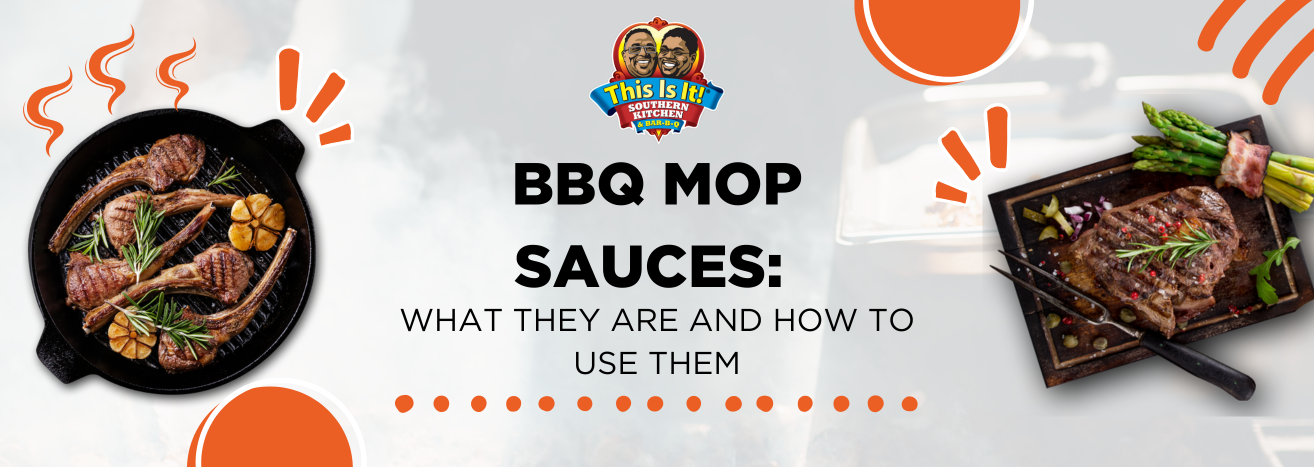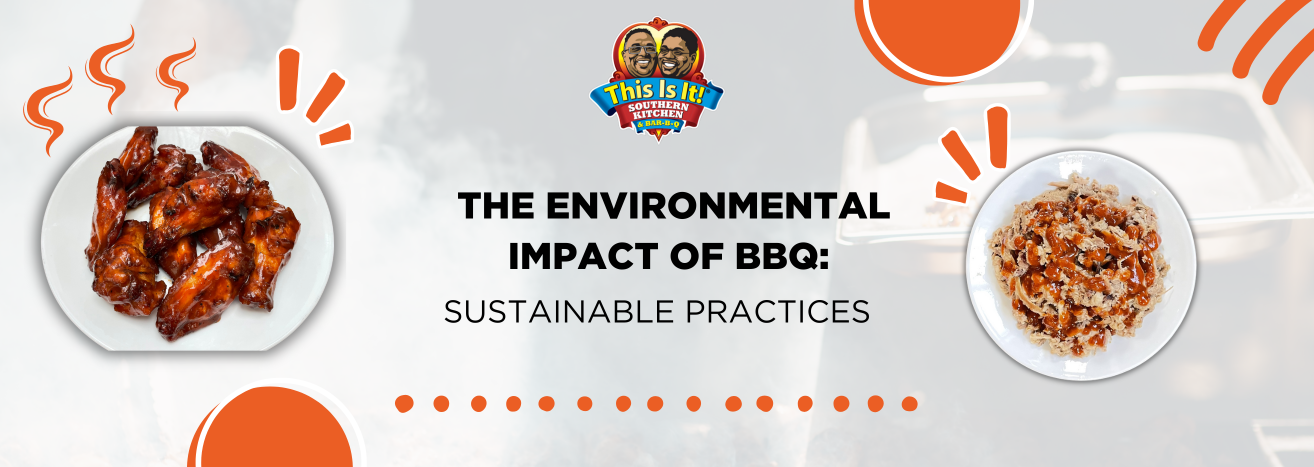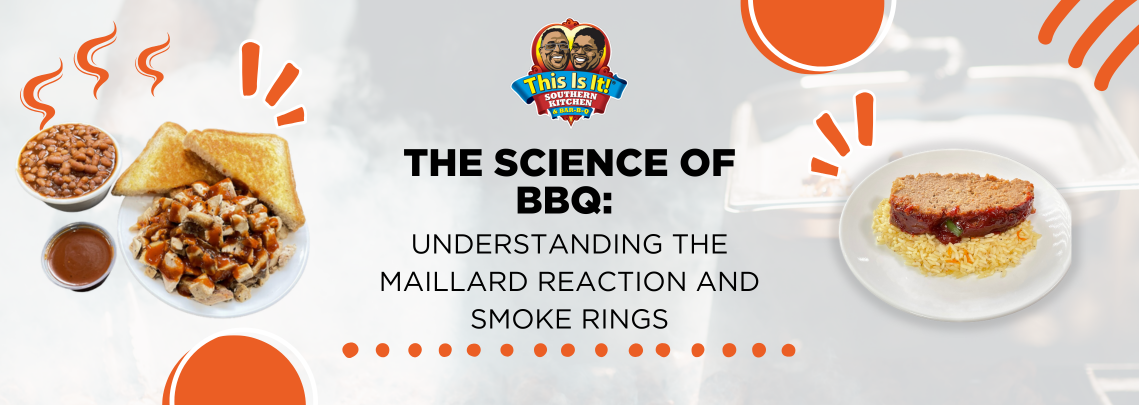How to Choose the Right Cut of Meat for BBQ: A Comprehensive Guide

Table of Contents
1. Introduction
- The Art of BBQ
- Importance of Choosing the Right Cut of Meat
2. Understanding the Basics of Meat Cuts
- Beef
- Pork
- Chicken
3. Choosing the Right Cut of Meat for Your BBQ
- Beef Brisket: The Crown Jewel of BBQ
- Pork Shoulder: The Key to Perfect Pulled Pork
- Ribs: Finger-Licking Goodness
- Chicken: Versatility on the Grill
4. Tips for Successful BBQ
- Quality of Meat
- Temperature Control
- Patience
- Resting
- Experimentation
5. Pairing Meat with Wood
- Hickory
- Mesquite
- Apple
- Cherry
- Oak
6. Conclusion
- Recap of Key Points
- Encouragement to Experiment and Enjoy BBQ
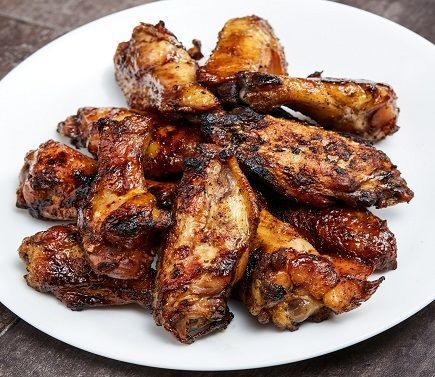
Barbecue is more than just a cooking method; it’s an art form that brings people together. At This is It Southern Kitchen & Bar-B-Q, we understand the importance of selecting the right cut of meat to ensure that your BBQ experience is nothing short of extraordinary. Whether you’re a novice griller or a seasoned pitmaster, choosing the right cut of meat can make all the difference in the flavor, texture, and overall enjoyment of your barbecue. In this comprehensive guide, we will explore the various cuts of meat best suited for BBQ, their unique characteristics, and tips on how to prepare and cook them to perfection.
Understanding the Basics of Meat Cuts
Before diving into specific cuts, it’s important to understand the basics of meat cuts. Different parts of an animal offer different textures, flavors, and levels of tenderness. The primary animals used for BBQ are beef, pork, and chicken, each offering a variety of cuts that are ideal for different styles of barbecue.
Beef
Beef is a staple in BBQ, known for its rich, hearty flavor. The key cuts for BBQ include:
- Brisket: This is the king of BBQ cuts. Brisket comes from the lower chest of the cow and is known for its tenderness and flavor when cooked low and slow.
- Ribs: Beef ribs are meaty and flavorful, with two main types: back ribs and short ribs. Each offers a different experience but both are excellent for BBQ.
- Chuck: This cut comes from the shoulder and is often used for pulled beef or chopped BBQ beef due to its marbling and flavor.
Pork
Pork is another BBQ favorite, offering a variety of cuts that are perfect for smoking and grilling:
- Pork Shoulder (Boston Butt): Ideal for pulled pork, this cut comes from the upper part of the shoulder and is marbled with fat, making it perfect for slow cooking.
- Ribs: Pork ribs are a BBQ classic, with two main types: baby back ribs and spare ribs. Both are delicious but have different cooking requirements.
- Pork Belly: Known for its high fat content, pork belly can be smoked or grilled to create a crispy, flavorful BBQ dish.
Chicken
Chicken is versatile and can be prepared in numerous ways on the BBQ:
- Whole Chicken: Smoking or grilling a whole chicken is a great way to ensure juicy, flavorful meat.
- Chicken Thighs and Drumsticks: These cuts are more flavorful and juicy compared to chicken breasts, making them ideal for BBQ.
- Chicken Wings: Perfect for a quick BBQ snack, wings can be smoked, grilled, or fried.
Choosing the Right Cut of Meat for Your BBQ
Selecting the right cut of meat depends on several factors, including the type of BBQ you’re planning, the cooking method you’ll use, and personal preference. Let’s delve deeper into each type of meat and the best cuts for BBQ.
Beef Brisket: The Crown Jewel of BBQ
Brisket is revered in the BBQ world, especially in Texas-style barbecue. It’s a large, tough cut that requires long, slow cooking to break down the connective tissue and render the fat, resulting in a tender, juicy piece of meat.
Tips for Cooking Brisket:
- Trim the Fat: While some fat is necessary for flavor, too much can make the brisket greasy. Trim the fat cap to about 1/4 inch thick.
- Seasoning: A simple rub of salt, pepper, and garlic powder can enhance the beefy flavor. Let the seasoning sit on the meat for at least an hour before cooking.
- Low and Slow: Cook the brisket at a low temperature (225°F) for a long period (up to 12-16 hours), depending on the size.
- Resting: After cooking, let the brisket rest for at least an hour. This allows the juices to redistribute, ensuring every bite is moist and flavorful.

Pork Shoulder: The Key to Perfect Pulled Pork
Pork shoulder, also known as Boston Butt, is a favorite for pulled pork. It’s well-marbled with fat and connective tissue, which breaks down during slow cooking, making the meat tender and easy to shred.
Tips for Cooking Pork Shoulder:
- Dry Rub: Apply a dry rub of brown sugar, paprika, salt, pepper, and other spices to create a flavorful crust.
- Smoking: Smoke the pork shoulder at 225°F-250°F for about 1.5 hours per pound, or until it reaches an internal temperature of 195°F-205°F.
- Rest and Shred: Allow the meat to rest for at least 30 minutes before shredding. Use two forks to pull the meat apart.
Ribs: Finger-Licking Goodness
Both beef and pork ribs are BBQ staples. The key to great ribs is balancing tenderness with a bit of bite.
Tips for Cooking Ribs:
- Remove the Membrane: Remove the tough membrane from the back of the ribs to allow the seasoning to penetrate and to make the ribs easier to eat.
- Rub and Marinade: Apply a dry rub or marinade to infuse the ribs with flavor. Let them marinate for at least a few hours, preferably overnight.
- Cooking Method: Use the 3-2-1 method for pork ribs (3 hours of smoking, 2 hours wrapped in foil, 1 hour unwrapped) at 225°F. For beef ribs, smoke them at 225°F until they reach an internal temperature of 200°F-205°F.
- Sauce: If you prefer saucy ribs, apply BBQ sauce during the last 30 minutes of cooking.
Chicken: Versatility on the Grill
Chicken is incredibly versatile and can be cooked quickly or low and slow, depending on the cut.
Tips for Cooking Chicken:
- Brining: Brining chicken in a solution of salt, sugar, and water can help keep it moist during cooking.
- Seasoning: Use a mix of spices like paprika, garlic powder, onion powder, and black pepper to season the chicken.
- Cooking Methods: For whole chickens, spatchcocking (removing the backbone and flattening the bird) can help it cook more evenly. Grill chicken thighs and drumsticks over indirect heat until they reach an internal temperature of 165°F.
- Crispy Skin: For crispy skin, cook the chicken at a higher temperature (around 350°F-375°F) for the last part of the cooking time.
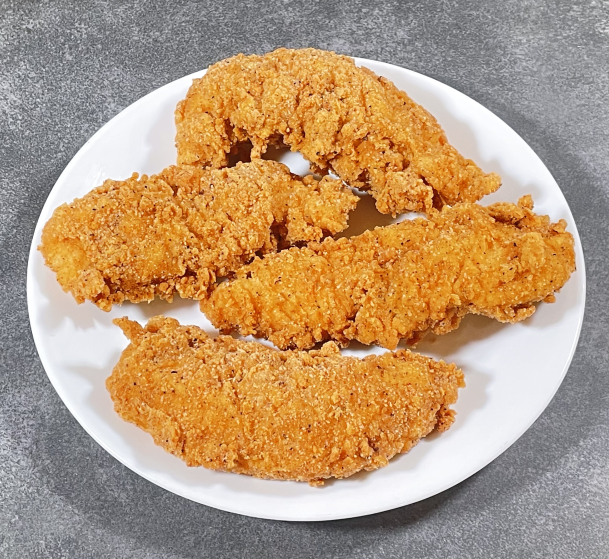
Tips for Successful BBQ
- Quality of Meat: Always choose high-quality meat from a reputable source. Freshness and quality are paramount for great BBQ.
- Temperature Control: Maintain a consistent temperature in your smoker or grill. Investing in a good thermometer can help you keep track of the internal temperature of the meat.
- Patience: BBQ is a labor of love. Don’t rush the process. Cooking low and slow allows the flavors to develop and the meat to become tender.
- Resting: Allow the meat to rest after cooking. This step is crucial for retaining juices and enhancing flavor.
- Experimentation: Don’t be afraid to experiment with different rubs, marinades, and woods for smoking. Each element can add a unique flavor profile to your BBQ.
Pairing Meat with Wood
The type of wood you use for smoking can significantly impact the flavor of your BBQ. Here are some popular wood choices and their best pairings:
- Hickory: Strong and smoky, perfect for pork and beef, especially ribs.
- Mesquite: Intense and earthy, great for beef but should be used sparingly due to its strong flavor.
- Apple: Mild and sweet, ideal for poultry and pork.
- Cherry: Sweet and fruity, pairs well with all meats, especially pork and chicken.
- Oak: Versatile and mild, suitable for all meats, providing a balanced smoky flavor.
Conclusion
Choosing the right cut of meat for your BBQ is a crucial step in creating a memorable and delicious meal. Whether you’re a fan of succulent brisket, tender pulled pork, or juicy chicken, understanding the characteristics of each cut and how to cook it properly can elevate your BBQ game. At This is It Southern Kitchen & Bar-B-Q, we believe that great BBQ starts with the right cut of meat, patience, and a passion for the craft. So fire up your smoker, grab your favorite cuts, and enjoy the art of barbecue with friends and family. Happy grilling!
